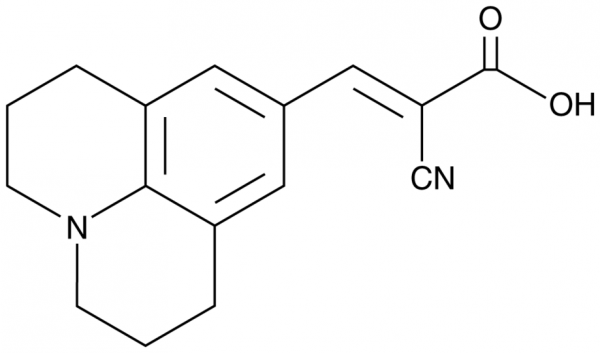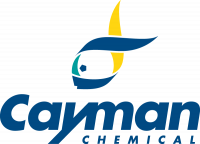Cookie preferences
This website uses cookies, which are necessary for the technical operation of the website and are always set. Other cookies, which increase the comfort when using this website, are used for direct advertising or to facilitate interaction with other websites and social networks, are only set with your consent.
Configuration
Technically required
These cookies are necessary for the basic functions of the shop.
"Allow all cookies" cookie
"Decline all cookies" cookie
CSRF token
Cookie preferences
Currency change
Customer-specific caching
FACT-Finder tracking
Individual prices
Selected shop
Session
Comfort functions
These cookies are used to make the shopping experience even more appealing, for example for the recognition of the visitor.
Note
Show the facebook fanpage in the right blod sidebar
Statistics & Tracking
Affiliate program
Conversion and usertracking via Google Tag Manager
Track device being used

If you have any questions, please use our Contact Form.
You can also order by e-mail: info@biomol.com
Larger quantity required? Request bulk
You can also order by e-mail: info@biomol.com
Larger quantity required? Request bulk
Fluorescent molecular rotors are molecules whose fluorescence is inversely proportional to its... more
Product information "CCVJ"
Fluorescent molecular rotors are molecules whose fluorescence is inversely proportional to its intramolecular rotation. The intramolecular rotation of these probes, and hence their fluorescence, depends on the immediate microenvironment of the probe. As a result, fluorescent molecular rotors are used to evaluate changes in solution and membrane viscosity, polymerization or aggregation processes, and protein (un)folding. CCVJ is a fluorescent molecular rotor characterized by low background fluorescence, low fluorescence anisotropy, and good water solubility. Moreover, CCVJ has large hydrophobic structures, allowing it to associate in a non-covalent manner with hydrophobic pockets in proteins in solution. CCVJ is broadly used to monitor changes in solution and molecular characteristics.Formal Name: 2-cyano-3-(2,3,6,7-tetrahydro-1H,5H-benzo[ij]quinolizin-9-yl)-2-propenoic acid. CAS Number: 142978-18-5. Synonyms: 9-(2-Carboxy-2-cyanovinyl)julolidine. Molecular Formula: C16H16N2O2. Formula Weight: 268.3. Purity: >95%. Formulation: (Request formulation change), A crystalline solid. Solubility: DMF: 15 mg/ml, DMF:PBS(pH 7.2)(1:1): 0.5 mg/ml, DMSO: 10 mg/ml. lambdamax: 279, 441 nm. SMILES: OC(/C(C#N)=C/C1=CC(CCC2)=C(N2CCC3)C3=C1)=O. InChi Code: InChI=1S/C16H16N2O2/c17-10-14(16(19)20)9-11-7-12-3-1-5-18-6-2-4-13(8-11)15(12)18/h7-9H,1-6H2,(H,19,20)/b14-9+. InChi Key: JXENNHTVELFRHV-NTEUORMPSA-N.
| Keywords: | 9-(2-Carboxy-2-cyanovinyl)julolidine, 2-cyano-3-(2,3,6,7-tetrahydro-1H,5H-benzo[ij]quinolizin-9-yl)-2-propenoic acid |
| Supplier: | Cayman Chemical |
| Supplier-Nr: | 17870 |
Properties
| Application: | Fluorescent molecular rotor |
| MW: | 268.3 D |
| Formula: | C16H16N2O2 |
| Purity: | >95% |
| Format: | Crystalline Solid |
Database Information
| CAS : | 142978-18-5| Matching products |
Handling & Safety
| Storage: | -20°C |
| Shipping: | +20°C (International: -20°C) |
| Signal Word: | Warning |
| GHS Hazard Pictograms: |
|
| H Phrases: | H302, H315, H319, H335 |
| P Phrases: | P261, P264, P270, P271, P280, P312, P321, P330, P301+P310, P302+P352, P304+P340, P305+P351+P338, P332+P313, P337+P313, P362+P364, P405, P403+P233, P501 |
Caution
Our products are for laboratory research use only: Not for administration to humans!
Our products are for laboratory research use only: Not for administration to humans!
Information about the product reference will follow.
more
You will get a certificate here
Viewed


